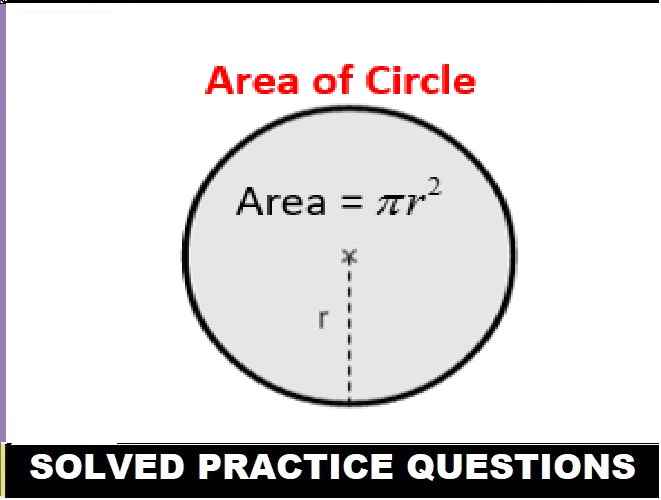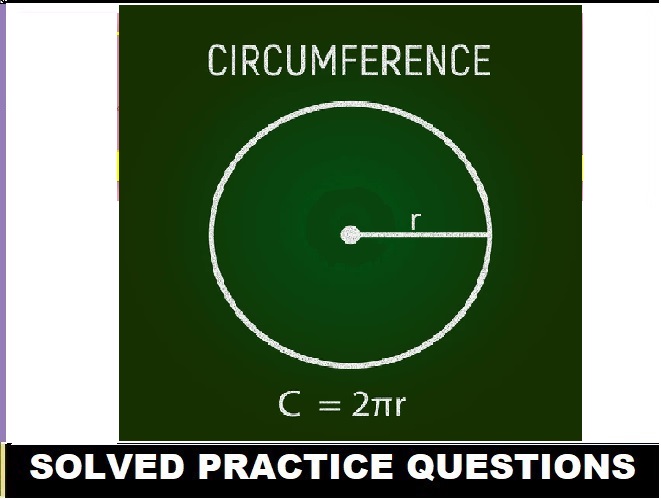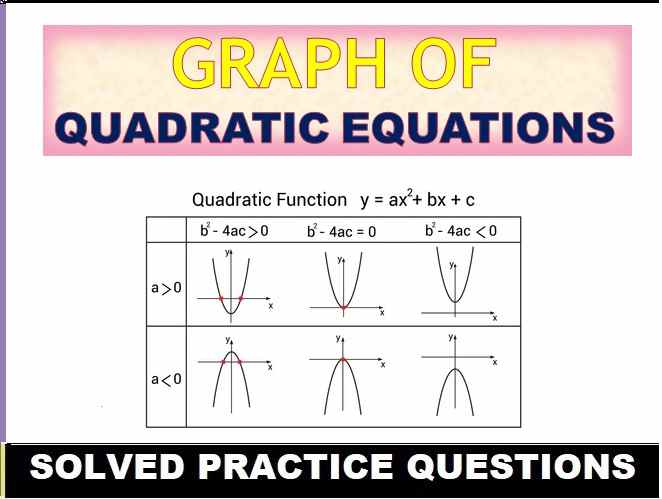Amorphous Forms of Carbon Class-8th Goyal Brothers ICSE Chemistry Solutions Ch-9(Carbon and its Compounds) Unit-2(Amorphous Forms of Carbon). We Provide Step by Step Answers of MCQs, True and False, Incorrect and Correct, Definitions, Match the followings and Short/Long Question Type answers of Ch-9(Carbon and its Compounds) Unit-2(Amorphous Forms of Carbon). Visit official Website CISCE for detail information about ICSE Board Class-8.
Amorphous Forms of Carbon Class-8th Goyal Brothers ICSE Chemistry Solutions Ch-9 Unit-2
| Board | ICSE |
| Class | 8th |
| Subject | Chemistry |
| Book Name | Goyal Brothers |
| Chapter-9 | Carbon and its Compounds |
| Unit-2 |
Amorphous Forms of Carbon |
| Topic | Solution of exercise questions |
| Session | 2023-24 |
OBJECTIVE TYPE QUESTIONS
Amorphous Forms of Carbon Class-8th Goyal Brothers ICSE Chemistry Solutions Ch-9 Unit-2
Que: A. Fill in the blank spaces by choosing the correct words from the given list:
List: bacteria, cell, reducing, hydrogen, anaerobic
1. Wood charcoal is an excellent _reducing___ agent.
2. Gas carbon is used for making positive electrode of a _cell___.
3. Activated charcoal is used for removing _bacteria__ from drinking water.
4. Coal is formed due to the gradual removal of hydrogen from the forests buried deep in the earth by _anaerobic__ bacteria.
5. When steam is passed over white hot coke, it forms a mixture of carbon monoxide gas and _Hydrogen_ gas.
Que: B. Statements given below are incorrect. Write the correct statements:
Question: 1. A mixture of powdered charcoal and copper oxide, on heating, forms copper metal and carbon dioxide gas.
Answer: A mixture of powdered charcoal and copper oxide, on heating, forms copper metal and carbon mono oxide gas.
Question: 2. Bone charcoal is used for making boot-polish.
Answer: Bone charcoal is used for making decolourise cane suga
Question: 3. In limited supply of air charcoal burns to form carbon dioxide gas.
Answer: In limited supply of air charcoal burns to form Carbon monoxide
Question: 4. Purified coal gas is used as fuel for light commercial vehicles.
Answer: Purified coal gas is used as fuel for industries
Question: 5. Ammonia solution obtained during the destructive distillation of coal is used for making ammonium chloride, which is an artificial fertiliser.
Answer: Ammonia solution obtained during the destructive distillation of coal is used for making ammonium sulphate, which is an artificial fertiliser
Que: C. Match the statements in Column A, with those in Column B:
| Column A | Column B |
| 1. An amorphous allotrope of carbon used in gas masks. | (a) Anthracite |
| 2. An amorphous allotrope of carbon used for making electrodes of dry cells. | (b) Ammonia liquor |
| 3. Name of a mixture of gases obtained by passing steam through white hot charcoal. | (c) Gas carbon |
| 4. The hardest variety of coal. | (d) Charcoal |
| 5. A colourless liquid obtained during the destructive distillation of coal and used for making artificial fertilizers. |
(e) Water gas |
Answer:
| Column A | Column B |
| 1. An amorphous allotrope of carbon used in gas masks. | (a) Anthracite |
| 2. An amorphous allotrope of carbon used for making electrodes of dry cells. | (c) Gas carbon |
| 3. Name of a mixture of gases obtained by passing steam through white hot charcoal. |
(e) Water gas |
| 4. The hardest variety of coal. | (a) Anthracite |
| 5. A colourless liquid obtained during the destructive distillation of coal and used for making artificial fertilizers. | (b) Ammonia liquor |
Que: D. Write ‘True’ or ‘False’ for the following statements:
| Statements | True/False |
| 1. Lamp black is used in the manufacture of gunpowder. | False |
| 2. Gas carbon is a gaseous form of carbon. | False |
| 3. Water gas is a mixture of hydrogen gas and carbon monoxide gas. | True |
| 4. Ammonium sulphate is used as an artificial fertiliser. | True |
| 5. Activated charcoal is used as deodorant. |
False |
Que: E. Tick (√) the most appropriate answer:
1. When steam is passed over white hot charcoal, it forms
(a) carbon dioxide gas only
(b) carbon dioxide gas and hydrogen gas
(c) carbon monoxide gas and hydrogen gas
(d) methane gas and carbon dioxide gas
Ans (c) carbon monoxide gas and hydrogen gas
2. The process by which ferric oxide changes to iron when heated with charcoal powder is called
(a) oxidation
(b) reduction
(c) dehydration
(d) decomposition
Ans (b) reduction
3. The content of carbon in anthracite coal is:
(a) 90% to 95%
(b) 75% to 80%
(c) 60% to 70%
(d) 50% to 60%
Ans (a) 90% to 95%
4. The process due to which a complex organic compound decomposes into simpler products when heated strongly in the absence of air is called:
(a) chemical decomposition
(b) analysis
(c) destructive distillation
(d) fractional distillation
Ans (c) destructive distillation
5. The fermentation of animal dung in the absence of air is brought about by :
(a) aerobic bacteria
(b) anaerobic bacteria
(c) symbiotic bacteria
(d) none of the above
Ans (b) anaerobic bacteria
STUDY QUESTIONS
Amorphous Forms of Carbon Class-8th Goyal Brothers ICSE Chemistry Solutions Ch-9 Unit-2
Question: 1. How is wood charcoal prepared on large scale?
Answer: When wood is heated with cow dung and CO2 then the residue is charcoal. When wood is boiled in water followed by evaporation, the residue is charcoal. When wood is burnt in a limited supply of oxygen and water until volatile materials are removed, the residue is charcoal
Question: 2. State four physical properties of wood charcoal.
Answer:
- Charcoal exists in a solid amorphous state.
- The colour of the charcoal powder is black.
- Charcoal is a black porous solid that consists of carbon.
- It is a low-density compound.
- Charcoal shows low mechanical strength properties.
- The structure of carbon charcoal shows a large surface area.
Question: 3. How does wood charcoal react with the following?
(a) oxygen (b) steam (c) copper oxide
Support your answer with balanced chemical equations.
Answer:
(a) oxygen When wood is burned, oxygen and other elements in the air (mainly carbon, hydrogen and oxygen) react to form carbon dioxide that is released into the atmosphere, while the minerals turn into ashes.
(b) steam : Synthesis gas is also called water gas
(c) copper oxide : The charcoal reacts with the copper oxide to produce copper and carbon dioxide
Question: 4. State four uses of wood charcoal.
Answer: wood charcoal is also employed as a decolorizing agent. Sugar solutions, organic preparations, alcohol, and petroleum compounds are all decourized using it
Question: 5.
(a) How is bone charcoal prepared?
Answer: It is produced by heating the bones of animals at high temperatures and low concentrations of oxygen
(b) State the composition of bone charcoal.
Answer: Bone char (Latin: carbo animalis) is a porous, black, granular material produced by charring animal bones. Its composition varies depending on how it is made
(c) State one important use of bone charcoal.
Answer: Uses of Bone charcoal: It is extensively used to decolourise cane sugar in the process of manufacturing sugar. It is also used in the manufacture of a large number of phosphorous compounds
Question: 6.
(a) How is lamp black prepared on large scale?
Answer: It is prepared by heating carbon –rich substance like turpentine oil or kerosene oil in limited supply of air
(b) State three uses of lamp black.
Answer: Lampblack is used for making printers ink,black shoe polish,typewriter ribbons and black paints
Question: 7.
(a) Name the products formed when coal is subjected to destructive distillation.
Answer: Products formed during destructive distillation of coal are: coke, coal tar, coal gas and ammonia solution.
(b) State one use of each of the product obtained during destructive distillation of coal.
Answer:
- use of coke–Coke is most commonly used as a fuel for fires, furnaces, and blacksmithing
- use of gas Carbon — It is also a good conductor of heat and electricity, similar to graphite. Applications include battery plates, in arc lamps, and coal gas.
- use of coal tar– coal tar have long been used to treat various skin conditions, such as eczema
- use of ammonia solutions– ammonia produced by industry is used in agriculture as fertilizer
Question: 8. How is coal formed in nature?
Answer: Coal is formed when dead plant matter submerged in swamp environments is subjected to the geological forces of heat and pressure over hundreds of millions of years. Over time, the plant matter transforms from moist, low-carbon peat, to coal, an energy- and carbon-dense black or brownish-black sedimentary rock
Question: 9. What are various varieties of coal? Discuss each regarding the amount of carbon content in them.
Answer:
| Coal | Dry, Carbon content (%) | Moisture content before drying (%) |
|---|---|---|
| Anthracite | 86-92 | 7-10 |
| Bituminous coal | 76-86 | 8-18 |
| Sub-Bituminous coal | 70-76 | 18-38 |
| Lignite | 65-70 | 35-55 |
Question: 10. State four important uses of coal.
Answer: four important uses of coal.
Answer:
- Electricity Generation. Power generation is the primary use for coal worldwide. …
- Metal Production. Metallurgical (coking) coal is a key ingredient in steelmaking. …
- Cement Production. Coal is used as a key energy source in cement production. …
- Gasification and Liquefaction
- Chemical Production.
— : end of Amorphous Forms of Carbon Class-8th Goyal Brothers ICSE Chemistry Solutions Ch-9 Unit-2 :–
Return to- ICSE Class -8 Goyal Brothers Chemistry Solutions
Thanks
Please share with yours friends if you find it helpful.


